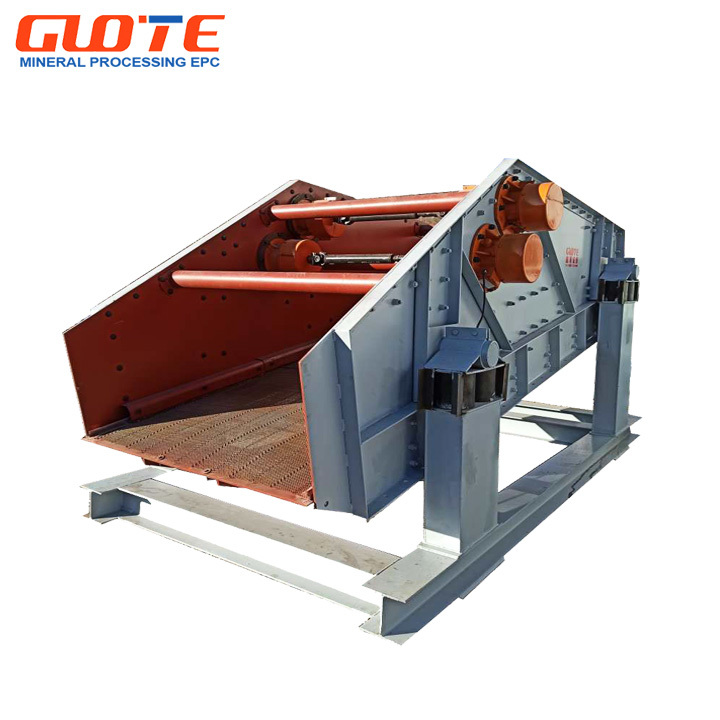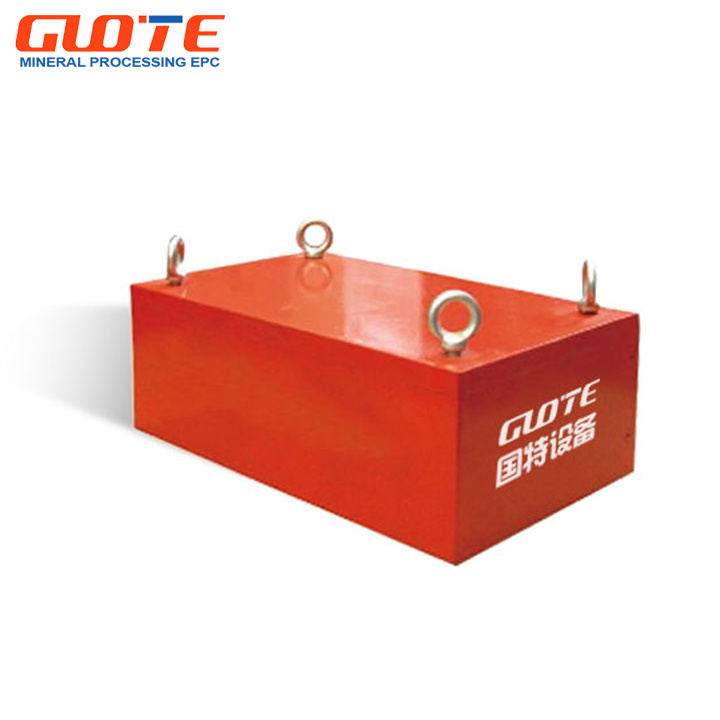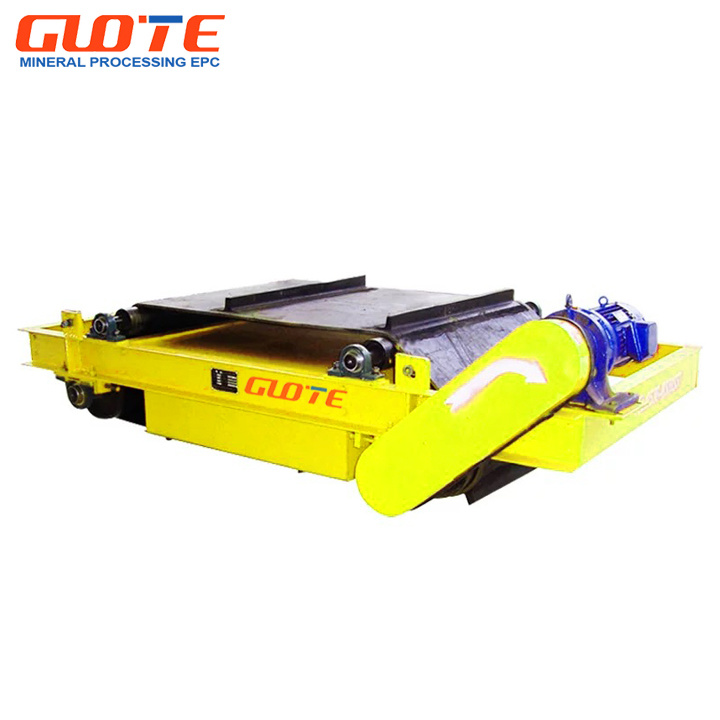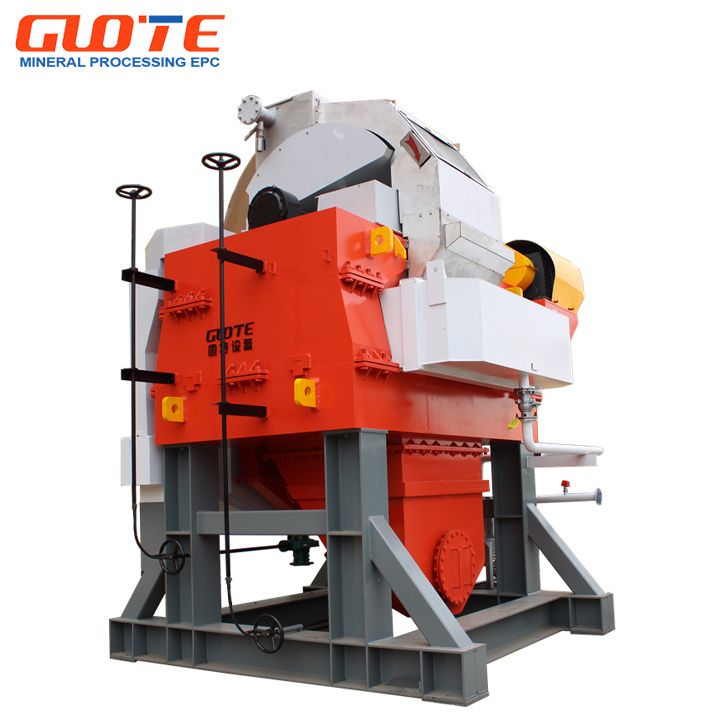Maximize Efficiency with Vibrating Dewatering Screens: Your Ultimate Guide
1. Introduction
Vibrating dewatering screens are essential components in various industrial applications, especially within manufacturing and processing sectors. They efficiently separate solids from liquids, ensuring that materials are adequately processed and ready for subsequent phases of production. With the ability to enhance productivity and reduce waste, these screens have become a pivotal aspect of modern manufacturing.
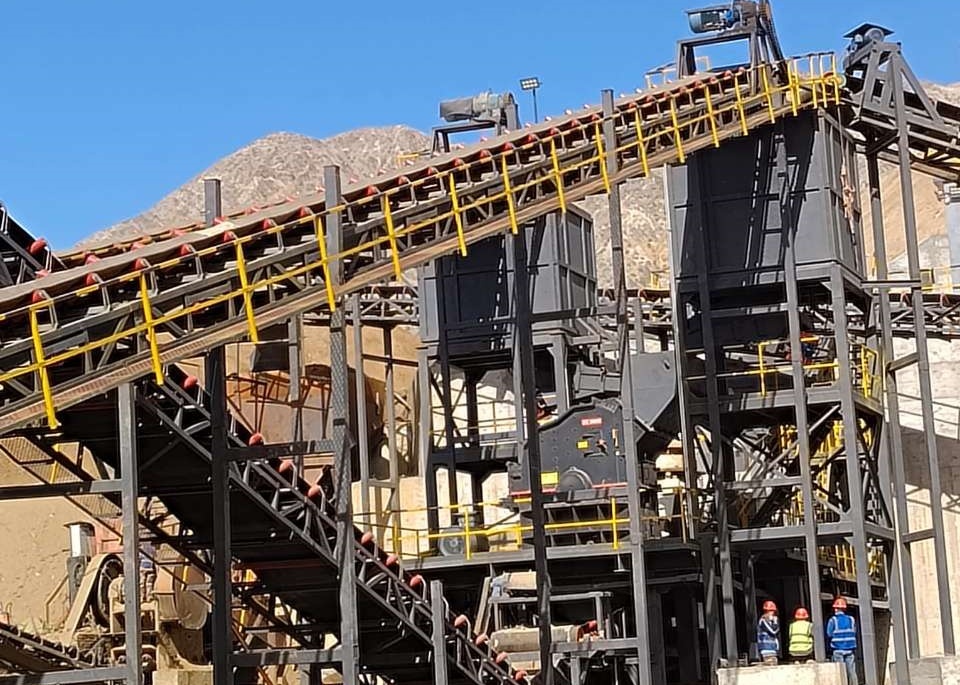
2. Understanding Dewatering Techniques
Dewatering is the process of removing free water from solids, primarily for waste management and material recovery. Various methods exist, including mechanical, thermal, and chemical techniques. Vibrating dewatering screens utilize mechanical vibration to facilitate the separation of water from solids.
The Mechanics of Dewatering Screens
Vibrating dewatering screens function by using vibration to displace particles through screen openings. This action allows moisture to drain away efficiently, resulting in drier products that are ready for further processing or disposal.
3. Why Choose Vibrating Dewatering Screens?
The choice of vibrating dewatering screens is driven by several factors that highlight their effectiveness:
Enhanced Performance
These screens offer improved performance compared to static screens, as the vibration helps to maintain flow and prevent clogging. This leads to increased throughput and better product quality.
Energy Efficiency
Vibrating dewatering screens are designed to consume minimal energy while providing maximum output, making them a cost-effective solution for businesses aiming to reduce operational costs.
Versatility
They can be used across various industries, including mining, agriculture, and wastewater treatment, making them versatile tools for multiple applications.
4. Applications of Vibrating Dewatering Screens
Vibrating dewatering screens find utility in various sectors. Here are some notable applications:
Mining and Mineral Processing
In mining, these screens facilitate the recovery of minerals from slurry, ensuring that valuable resources are not lost during processing.
Agricultural Processing
In agriculture, they are used to extract moisture from crops, ensuring that products are preserved for storage or sale.
Wastewater Treatment
Vibrating dewatering screens are key components in wastewater treatment facilities, helping to remove solids from liquid waste efficiently.
5. Key Benefits of Vibrating Dewatering Screens
Utilizing vibrating dewatering screens offers several significant advantages:
Improved Product Quality
Dewatering reduces the moisture content in materials, enhancing the overall quality of the product and making it more marketable.
Cost Savings
By maximizing efficiency and reducing waste, businesses can realize substantial cost savings in both production and disposal processes.
Environmental Benefits
Efficient dewatering minimizes waste disposal requirements, contributing to more sustainable manufacturing practices.
6. Implementing Vibrating Dewatering Screens in Your Process
Implementing vibrating dewatering screens requires careful planning and consideration of various factors:
Selecting the Right Screen
Choosing the right type of screen involves understanding the specific requirements of your material, including particle size and moisture content. Consulting with manufacturers or industry experts can help in making informed decisions.
Integrating with Existing Systems
Seamless integration with existing machinery is crucial. Assessing compatibility and ensuring that the screens complement your current processes will enhance overall efficiency.
Monitoring Performance
Once implemented, it’s important to monitor the performance of the vibrating dewatering screens regularly. This includes tracking moisture levels, throughput, and operational costs to ensure optimal performance.
7. Maintaining Your Vibrating Dewatering Screens
Regular maintenance of vibrating dewatering screens is essential for long-term efficiency:
Routine Inspections
Conduct routine inspections to identify any wear or damage that could affect performance. This proactive approach can help prevent costly downtime.
Cleansing and Calibration
Keeping screens clean and calibrated ensures that they operate at peak efficiency. Schedule regular cleaning to remove buildup that could impede performance.
Replacing Worn Parts
Replacing worn or damaged components promptly will help maintain the integrity of the dewatering process and prolong the lifespan of your equipment.
8. Common Misconceptions About Vibrating Dewatering Screens
Several myths surround vibrating dewatering screens that can lead to misinformed decisions:
Myth: They Are Too Expensive
While initial costs may seem high, the long-term savings in labor and waste management make them a financially sound investment.
Myth: They Require Excessive Maintenance
With proper care and routine maintenance, vibrating dewatering screens can operate efficiently with minimal upkeep.
Myth: They Are Only for Large Operations
Vibrating dewatering screens can be scaled to fit various operations, making them suitable for both small and large-scale applications.
9. Conclusion
Vibrating dewatering screens are transformative tools that can significantly enhance efficiency in manufacturing and processing operations. By understanding their mechanics, benefits, and applications, businesses can leverage these screens to optimize their processes. From improved product quality to cost savings, the advantages of integrating vibrating dewatering screens into your operations are substantial. A commitment to maintenance and proper implementation will ensure that these systems continue to deliver value over time.
Vibrating Dewatering Screen
Previous Page
Previous Page
Related Products
Related News



